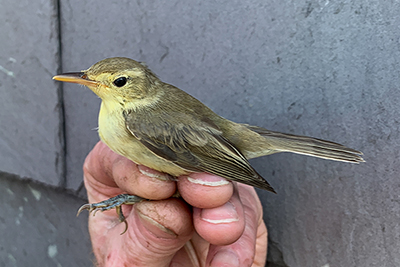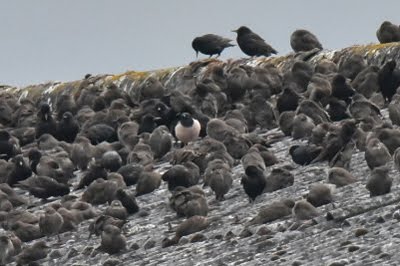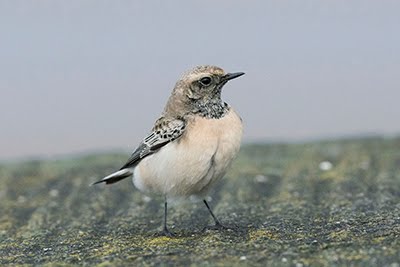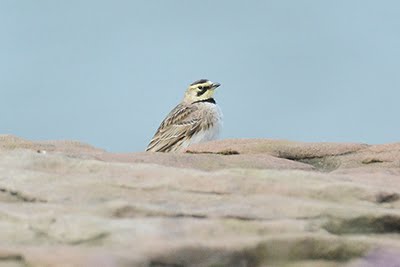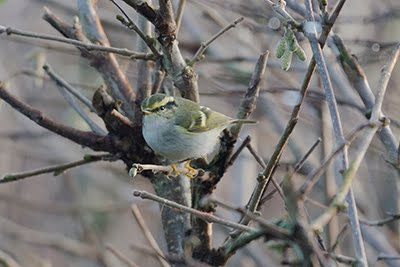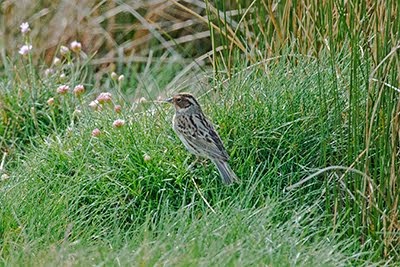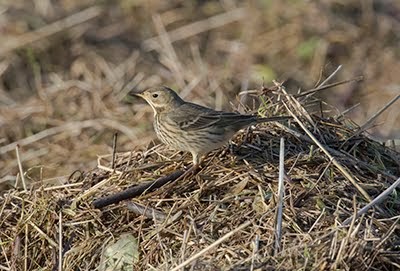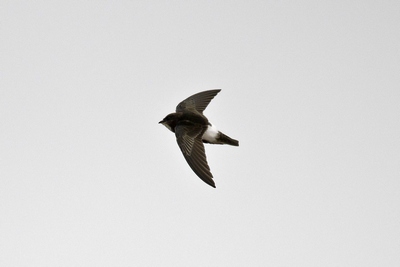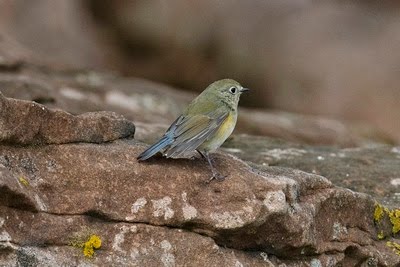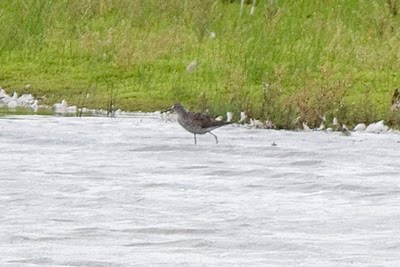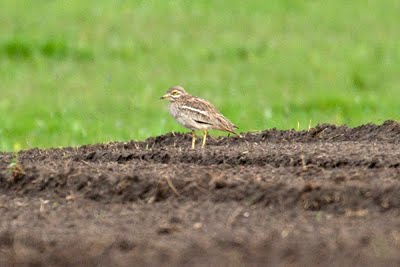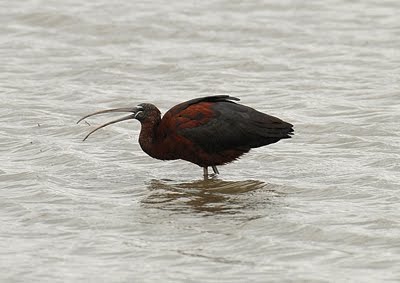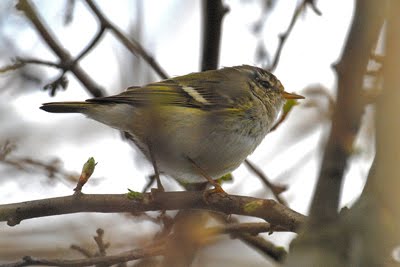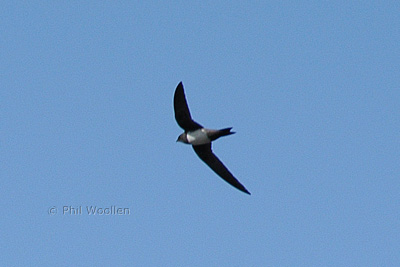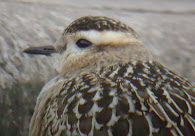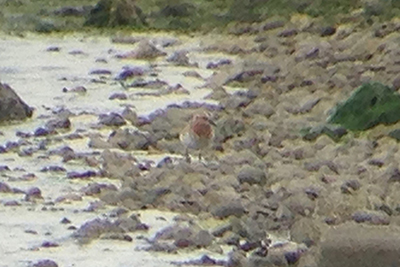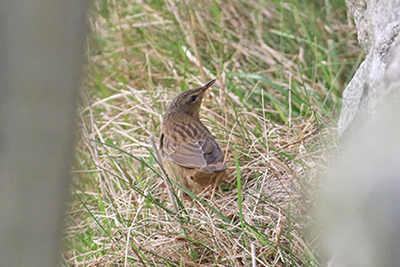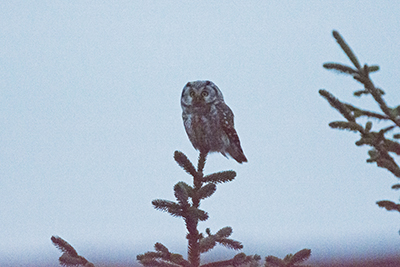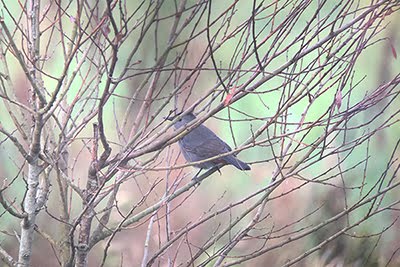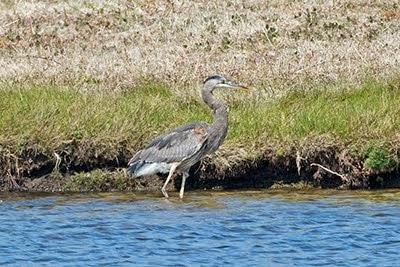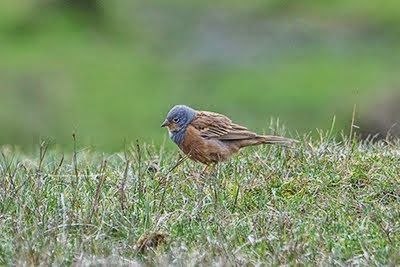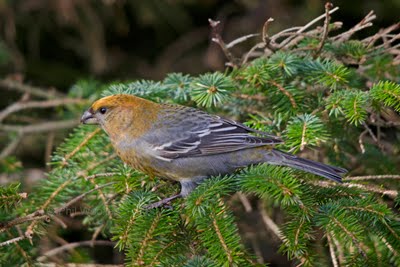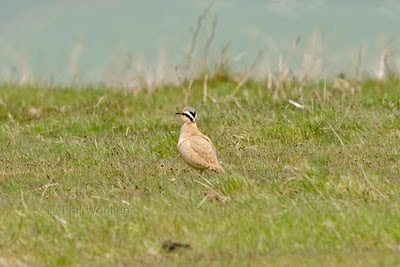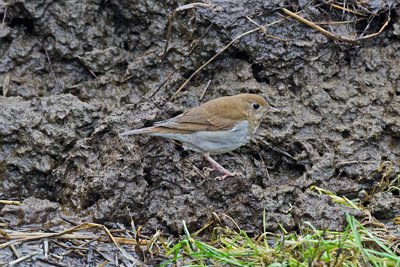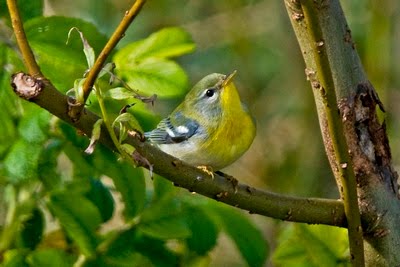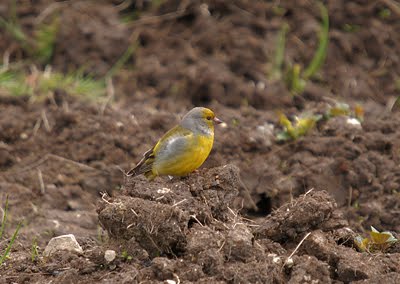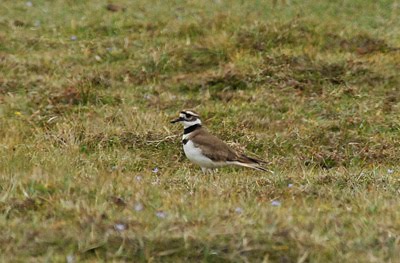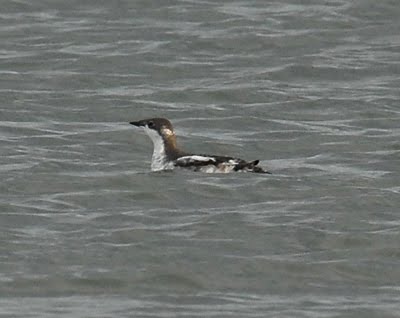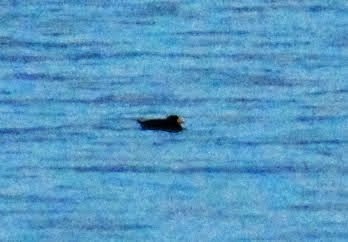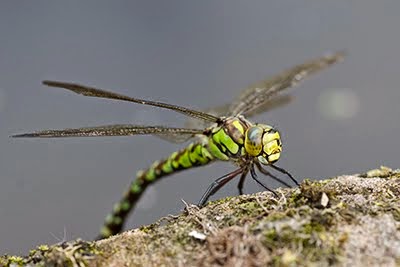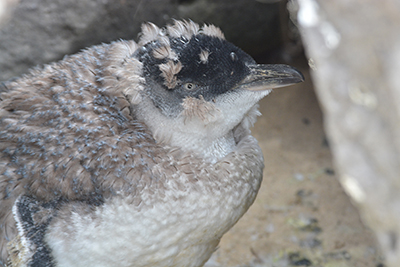Australia has a number of 'finch' species and many of them are pretty spectacualr looking. One of the commoner ones I've seen in the past is the Red-browed Finch. We had a number of these coming to drink at the creek at the bottom of our daughters garden during our recent visit - especially on really hot days!






Further afield, on my temporary adopted local patch, an area of bushland reserve designated I85, I found both Diamond Firetail and Double-barred Finch. Double-barred Finch are sometimes called Owl Finch due to their facial resemblance to the face of an owl. I didn't realise how scarce they were locally as I'd seen them a few years ago at our daughters first house about 30 km away. Whilst in Australia I submitted all my records via eBird and gor an email fro mthe local breeding atlas co-ordiantor asking me to verify the sightings as it was out of the known range for the species. I was photographing Honeyeaters at the local dam when a Double-barred Finch flew in and landed on the fence in front of me.

I visited this area almost daily and always on foot as it was only 15 minutes walk from the house. On subsequent visits I saw a total of five Double-barred Finches including several juveniles. A nice breeding record and one that caused a minor local twitch with people travelling from nearby towns to see these birds and the Diamond Firetails.
The first Diamond Firetail I saw was in a a weed filled field feeding on seeds on the ground.
A subsequent trip had one coming to drink at the dam and from there on I saw them almost daily and again proved breeding locally with sightings of recently fledged young.
 |
| Juvenile Diamond Firetail |
It was amazing to see these colourful little birds and I slowly began to pick them up on call. It was nice to contribute to the local breeding atlas and to enable local birders to see this species, some of whom had never seen them before.



























































